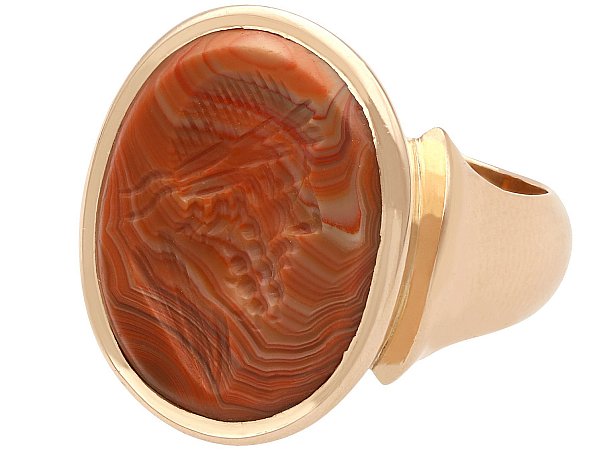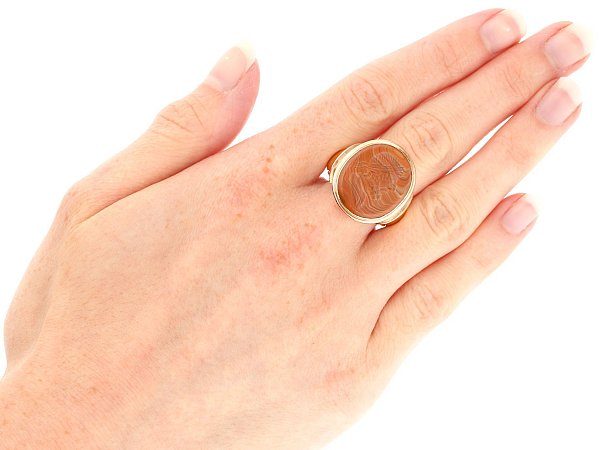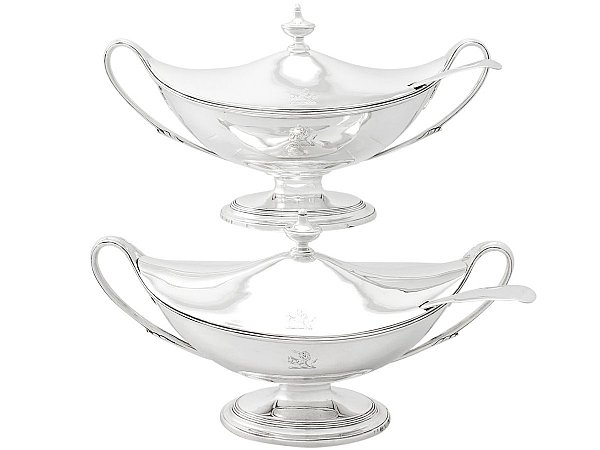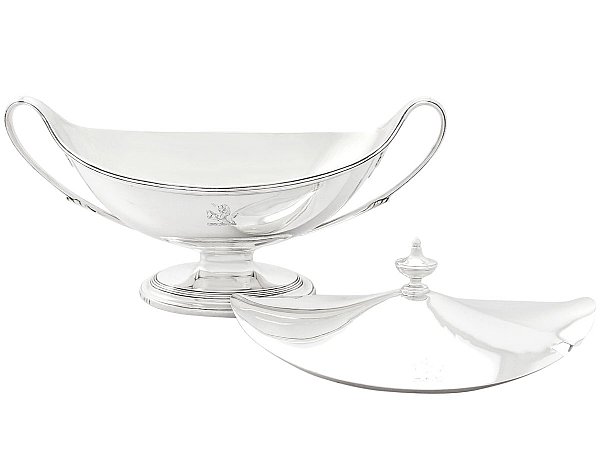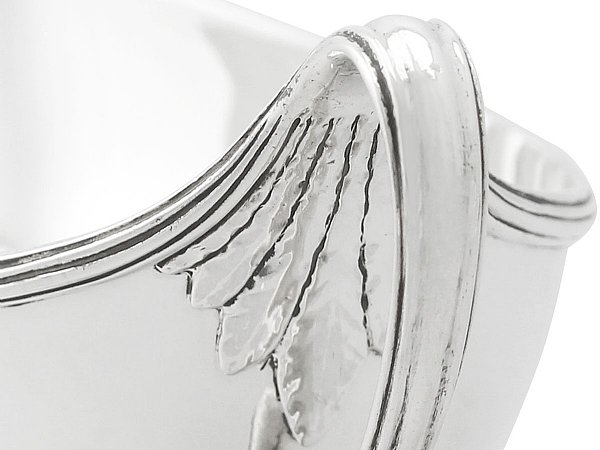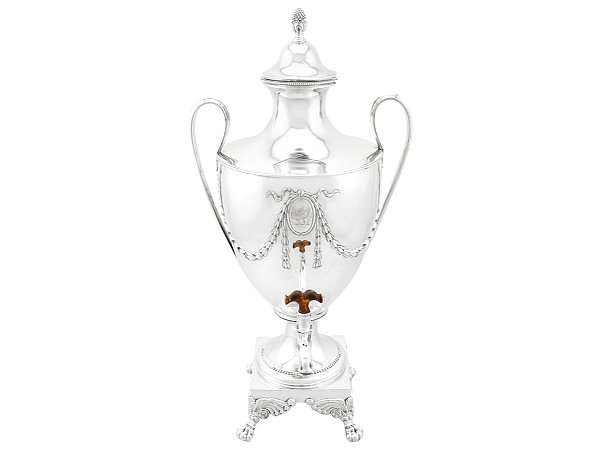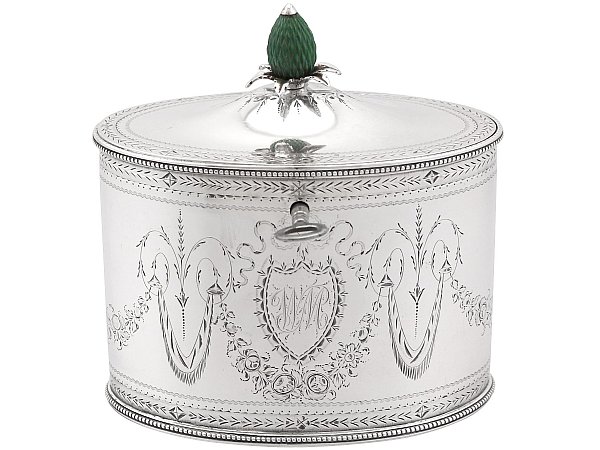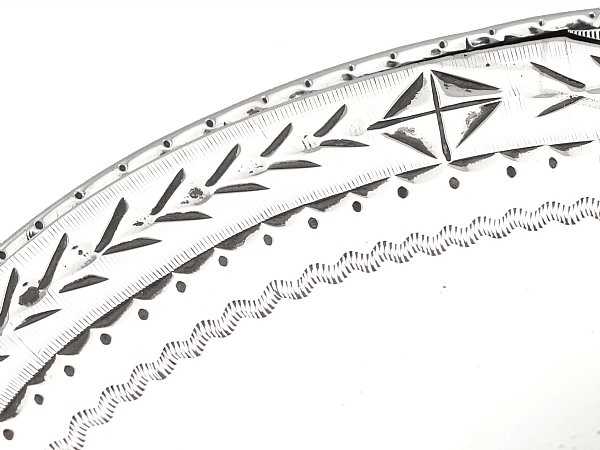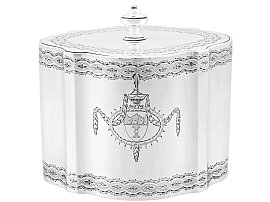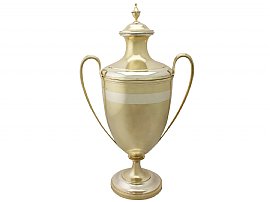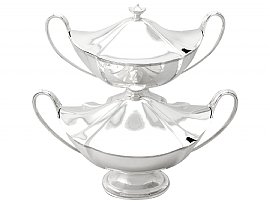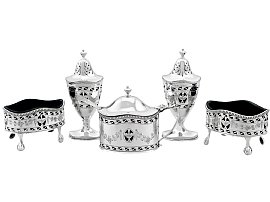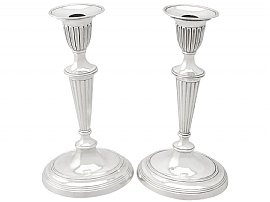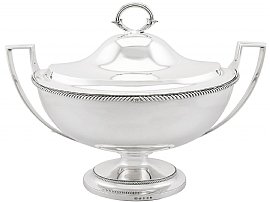The Neoclassical Style
Spanning the years between 1760 and 1830 (approximately) the Neoclassical style of design dominated Europe and America. As a reaction to its frivolous predecessor- the Rococo style- neoclassical design took itself extremely seriously. Rebelling against the extravagant and exuberant lifestyle of the rococo era, neoclassicism strived to reflect morals and philosophy. With an emphasis on the ‘purity’ of the arts, it subscribed to the concept of ‘the sublime’ as laid out in an instrumental essay by Edmund Burke. Neoclassicism came hand in hand with the enlightenment movement (one of the factors that eventually lead to the French Revolution in 1789) and strived to focus on religion and reason: expressed through art, architecture, fashion, and furniture design.
Harking back to classical antiquity, inspiration for neoclassical design came from ancient Rome and Greece. It was during the late 1700s that the tradition of the ‘Grand Tour’ became established. This consisted of young Britons travelling throughout Europe and taking inspiration from their findings. Popular destinations included Italy and Greece; therefore, classical antiquity gradually came back into popularity. Another reason for the re-emergence of classical design was the excavations of historical sites such as Pompeii and Herculaneum. This ignited a resurgence of classical motifs which went on to inspire architecture, silver, and jewellery design. In addition, ancient Greek books began to be translated by scholars, making the teachings and morals of the classical civilizations more widely accessible.
The neoclasscism definition in terms of design encompasses an organised and regal aesthetic. Reactionary to the rococo naturalist ornament, the Neoclassical style was more structural and controlled with emphasis on formality and symmetrical features. Perhaps the most famous examples of neoclassical architecture can be found in the work of the Venetian architect Palladio. "Palladianism” takes inspiration from the design of classical temples and focuses on mathematical proportions, disregarding any need for rich ornamentation. When it comes to neoclassical furniture, craftsmen such as Chippendale, George Hepplewhite and Robert Adam were the most influential names.
With changes in architecture, fashion, and general artistic morals we can inevitably also see changes in jewellery and silver design.
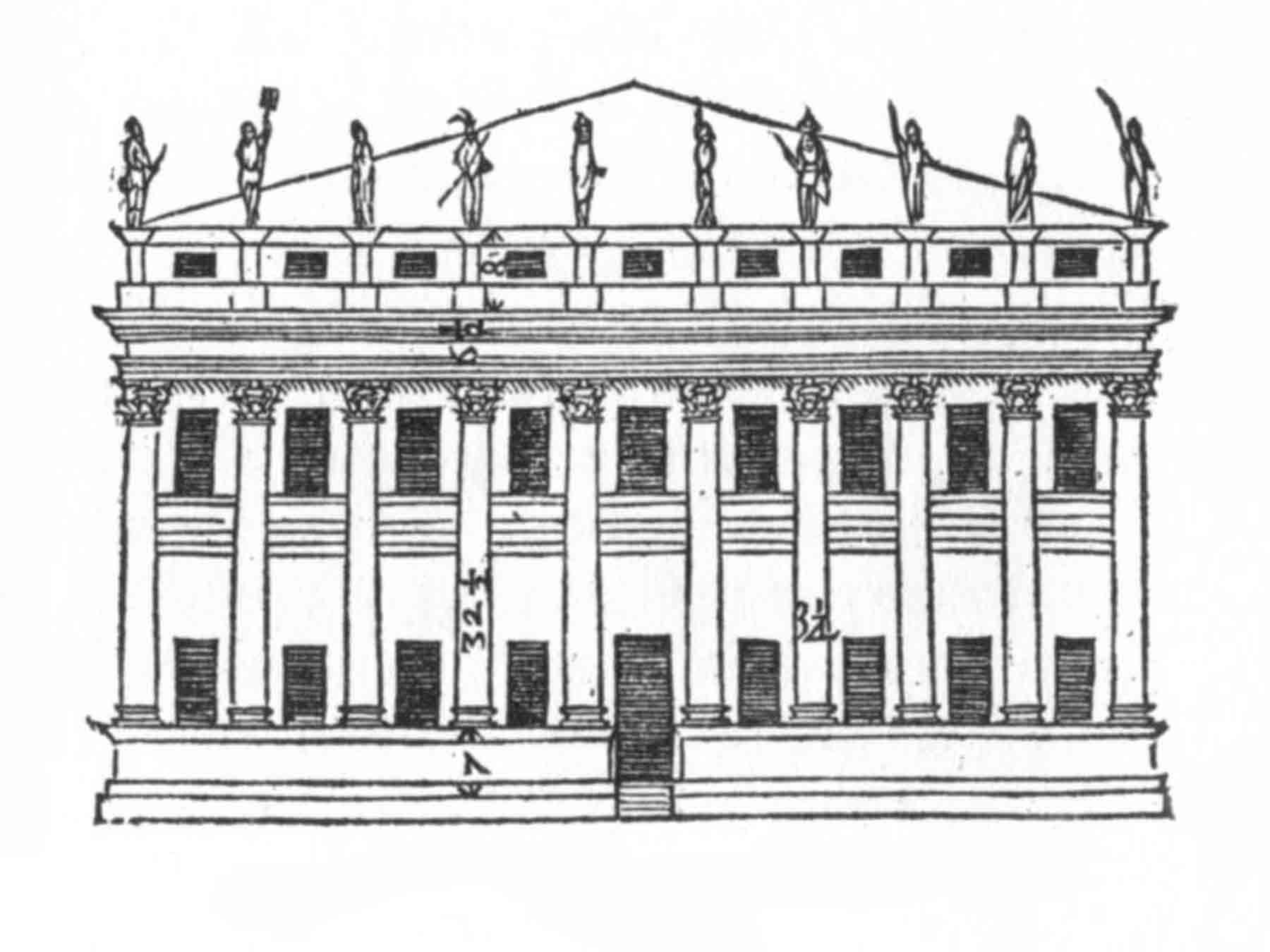
Andrea Palladio [Public domain], via Wikimedia Commons
Neoclassical Jewellery
Changes in fashion were instrumental in the evolution of jewellery design during this era. Fashion styles moved away from the heavy layered garments of the Baroque period, beginning to use lighter materials that clung to bodies to extenuate curves.
The favoured colours were light, particularly white- reminiscent of Greek and Roman statues. Women would wear their hair in simple styles, normally tied at the back of their neck exposing their ears and deep neckline: perfect for adorning with jewellery!
Overall the use of jewellery was fairly sparse as the modest, stripped back appearance did not require much need for ornamentation. Simple designs were still enjoyed though, such as long chain necklaces which would be draped over the shoulders. Long earrings were favoured to decoratethe bare and exposed ears of the neoclassical women.
Sadly there were no existing examples of authentic Greek or Roman jewellery for designers to take inspiration from. Instead, they used classical motifs within jewellery design to pay tribute to the style. Popular symbols included rosettes, festoons, half fluted pillars, vases urns, ribbon bows, hearts, portraits and animals, both real and mythical, such as lions, dolphins and sphinxes. Snakes were a widely popular choice and many designs incorporated them; sometimes depicted as an Ouroboros (a snake biting its own tail). The most popular shapes used in jewellery design included geometric ovals, marquises, navettes, rectangles, polygons, elongated octagonal cartouches and shields.
When it comes to the materials used, neoclassical jewellery leant towards the modest. More ‘showy’ materials such as diamonds and pearls were largely left in the Baroque era. Demure was the new vogue and less expensive gemstones were favoured. These included aquamarine, amethyst, chalcedony, turquoise, coral, amber, lapis lazuli and garnets.
One of the most iconic neoclassical jewellery designs is the Cameo. Featured in both brooches, rings and necklaces, the cameo fit well into the classical motif of human figures. Cameo jewellery designs feature a face in profile carved in high relief from a hard material such as stone, shell, coral, oak ivory or mother of pearl.
Neoclassical Silver
Much like the jewellery design, neoclassical silver focussed on classical motifs. Ribbon tied festoons were popular, as were palm leaves, swags and hanging garlands. The neoclassical design style of silver was pretty much synonymous with ‘Adams style’. The Adam brothers, Robert and James, were primarily architects but later branched out into furniture design. Silverware during the neoclassical period was largely influenced by their styles and techniques.
Similarly, to wider neoclassicism, the Adam style was characterised by Roman decorative motifs, swags and ribbons and urn/vase shapes. Here at AC Silver, we have number of silver pieces which we have described as Adams style. They serve as a good visual representation of neoclassical silver design. Cameo style portraits also featured heavily in neoclassic silver design, as did beadwork- which found its way from neoclassical architecture to smaller household objects.
Popular types of silverware during this period include vases - an item revived from classical antiquity. Not only were vases themselves highly sought after, but their shape was used for other practical items of silverware. The vase shape was also used as a decorative motif on other items.
Tea caddies also saw a rise in popularity around this era. They were one of the only items that didn’t necessarily adhere the typical urn/vase shape. Instead a cylindrical form, often ornamented with bright interlocking bands, ribbons and laurel leaves. As tea was a luxury at this time, tea caddies would often come with a box to be stored safely in. These safety boxes were made from durable materials such as wood, tortoiseshell or ivory.
Other teaware such as full sets for serving tea and coffee became more popular during this period and were predominantly crafted in the Adams style. The beginning of the 19th century saw a huge increase in tea and coffee production; therefore these sets became a household necessity. Because of this sudden increase in demand however, most of these products were mass produced - meaning few items of a high quality have withstood the test of time.
We have many neoclassical style pieces of silverware in our inventory; reminiscent of the antiquities of ancient Greece and Rome. If you wish to know more about specific silversmiths of this period the best place to start is with Hester Bateman, who is now considered one of the most famous and renowned female silversmiths.

